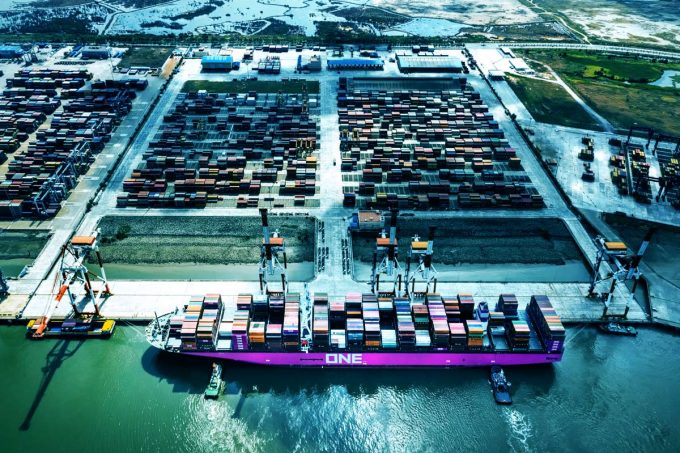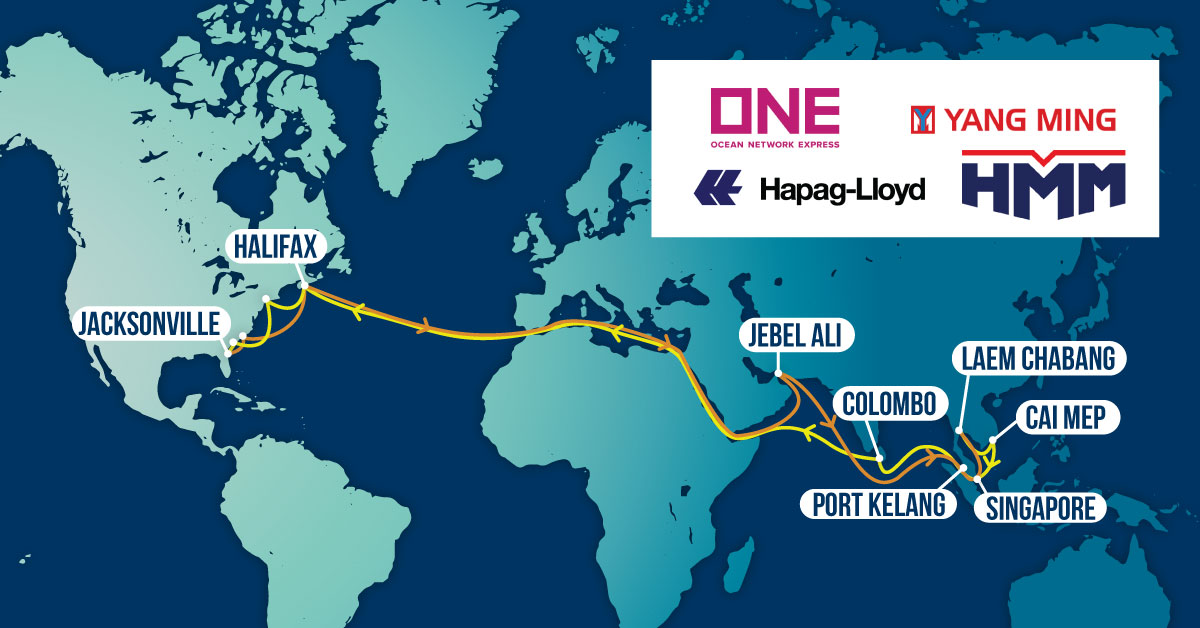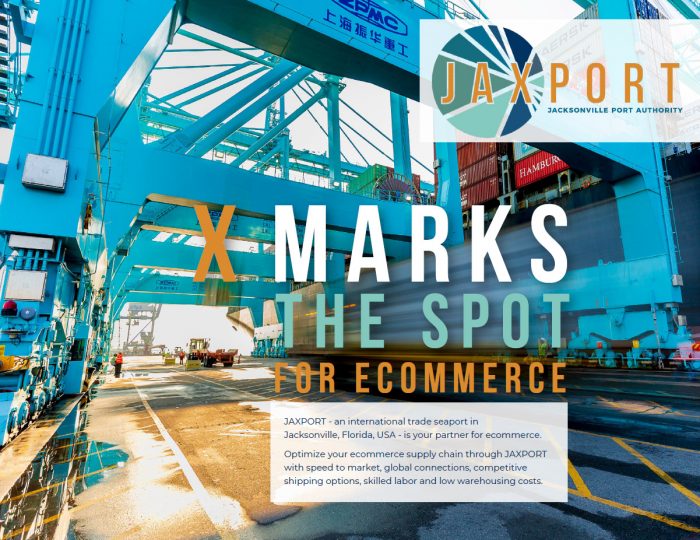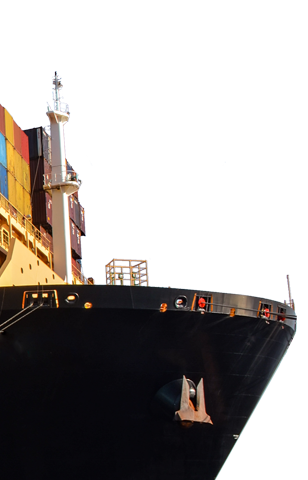5 reasons companies are shifting supply chains to Vietnam
- Home
- >
- Cargo Blog
- >
- 5 reasons companies are shifting supply chains to Vietnam


By Jeff Price, Marketing Director, JAXPORT
Shifting production to a new country to diversify your company’s supply chain is challenging, but can offer bottom-line benefits for both ecommerce startups and large retailers.
The process of realigning your supply chain could involve:
- Standing up a legal entity in the new country
- Securing approval from regulatory agencies
- Handling tax and accounting requirements
- Setting up facilities, human resources, and production, and
- Organizing the supply chain from suppliers to production to consumers
With uncertainty in the market due to trade tariff policy and the global pandemic, as well as the business advantages Vietnam offers, companies are increasingly considering Vietnam as an alternative or as an additional link in their supply chains.
Here are five reasons why companies are relocating or adding production in Vietnam:
1. Ease of business
The World Bank’s ease of doing business score is represented on a scale from 0 to 100, where 0 represents the lowest and 100 represents the best performance of a particular country.
In 2020, the World Bank gave Vietnam an overall score of 69.8, a slight increase over its score in 2019 and a higher score than Indonesia, the Philippines, and the average among East Asia and Pacific countries.
In terms of trade, Vietnam also scores well in the report, clocking less time and cost than the region’s average for their exports’ border compliance.
That’s due in part to Vietnam adopting an electronic customs clearance system, which has helped improve trade efficiency.
2. Labor cost
Average factory and manufacturing labor costs are about 80 percent less in Vietnam compared to China in terms of USD, according to recent data from salaryexplorer.com.
When considering minimum wage rates, the minimum wage is 37 percent less in Vietnam’s major production centers, compared to Guangdong province in Southeast China, according to data from the WageIndicator Foundation in September 2020.
Employees who have passed vocational training courses typically have wage rates that are at least seven percent higher than the minimum wage. Even accounting for that difference, companies are saving on labor costs by sourcing in Vietnam in comparison with China.
3. Production expertise
While China leads the world in manufacturing, Vietnam’s labor force is young, and the working population aged 15 to 39 currently accounts for about 40 percent of the total labor force in Vietnam.
The government is also investing in training to introduce more skilled labor into the workforce.
According to “Labor Market Trends in Vietnam” by Koushan Das with Dezan, Shira & Associates, Vietnam is looking to provide vocational training to more than 2 million people per year. “As of February 2018, there are more than 1,900 vocational training centers across Vietnam, including 395 colleges and 545 vocational schools, which offer programs in tourism, beauty services, IT, construction, fashion, garment and textiles, pharmaceuticals, precision mechanics and hotel management,” Das said.
Vietnam’s trade with the United States is on the rise.
According to an analysis by WorldCity U.S. Census Bureau data, the value of trade between the two countries rose to $46.43 billion through the first seven months of 2020, an increase of 11 percent over the same period in 2019.
This year, top imports by tonnage from Vietnam through U.S. seaports have included furniture, electronics, tires, footwear and coffee.
JAXPORT’s growth in trade with Vietnam has paralleled the nation’s trend.
Over the past five years, total TEUs (twenty-foot equivalent units) shipped between Vietnam and Jacksonville, Florida have increased by 63 percent. In terms of trade balance, most of this trade has been imported cargo to the U.S.
Every week, JAXPORT offers 33-day inbound service from Vietnam to the U.S. on board THE Alliance EC5 container service.
4. Infrastructure
In the 2019 Global Competitiveness Index by the World Economic Forum, Vietnam ranked 67th out of 141 economies. Its seaports ranked well for liner shipping connectivity, with scores for road, rail and efficiency improving year over year.
Vietnam has dozens of seaports, and most are smaller in size and throughput. However, forty-four ports carry a total combined capacity of 470 – 500 million tons per year, and the major ports include Hai Phong, Da Nang, Qui Nhon, and, Ho Chi Minh City/Cai Mep.
According to JOC.com’s annual Top 50 Global Container Port rankings, Vietnam’s Port of Ho Chi Minh City reported the highest growth rate of any port in the top 50, increasing throughput 72.5 percent to 10.9 million TEU for the year.
The country’s inland infrastructure has been accommodating the increase in freight volumes over the past decade, but improvements are needed to increase efficiency, lower costs and maintain the pace of growth.
“The rail and road network around [Vietnam’s] ports remains underdeveloped, leading to increased costs,” says Das in the Vietnam briefing. “Due to the lack of a rail network connecting the various ports, freight currently must be transported by road adding to shipping rates.”
Despite inland transportation challenges, the Vietnamese e-commerce market is growing 40 percent per year, which is spurring investments in logistics upgrades.
5. Big brands are already doing it (and have for years)
In 2010, Vietnam became the primary supplier of Nike-branded footwear, accounting for 37 percent of production, while China remained a close second at 34 percent. Fast forward to 2018, and Vietnam had grown to 47 percent while China dropped to only 26 percent for the company.
More businesses are looking to establish operations in Vietnam, as a part of a China Plus One policy or as a long term shift in their supply chains.
Apple has relocated production of its Air Pods to Vietnam, and Google shifted manufacturing of its Pixel phones from China to Vietnam.
The furniture sector has benefited as well. In fall of 2019, Furniture Today visited 12 factories in Vietnam to get a first-hand perspective on sourcing there.
tHINKING about shipping from Vietnam to the Southeast U.S.?
Contact JAXPORT’s Sales Team to learn how to lower your total landed cost to market from Asia to the U.S.
From startups to large retailers, more and more businesses are choosing JAXPORT to optimize their ecommerce supply chains.
In this 18-page e-book from JAXPORT, learn how Northeast Florida is meeting the industry’s growing demand for industrial real estate space in close proximity to urban population centers.



